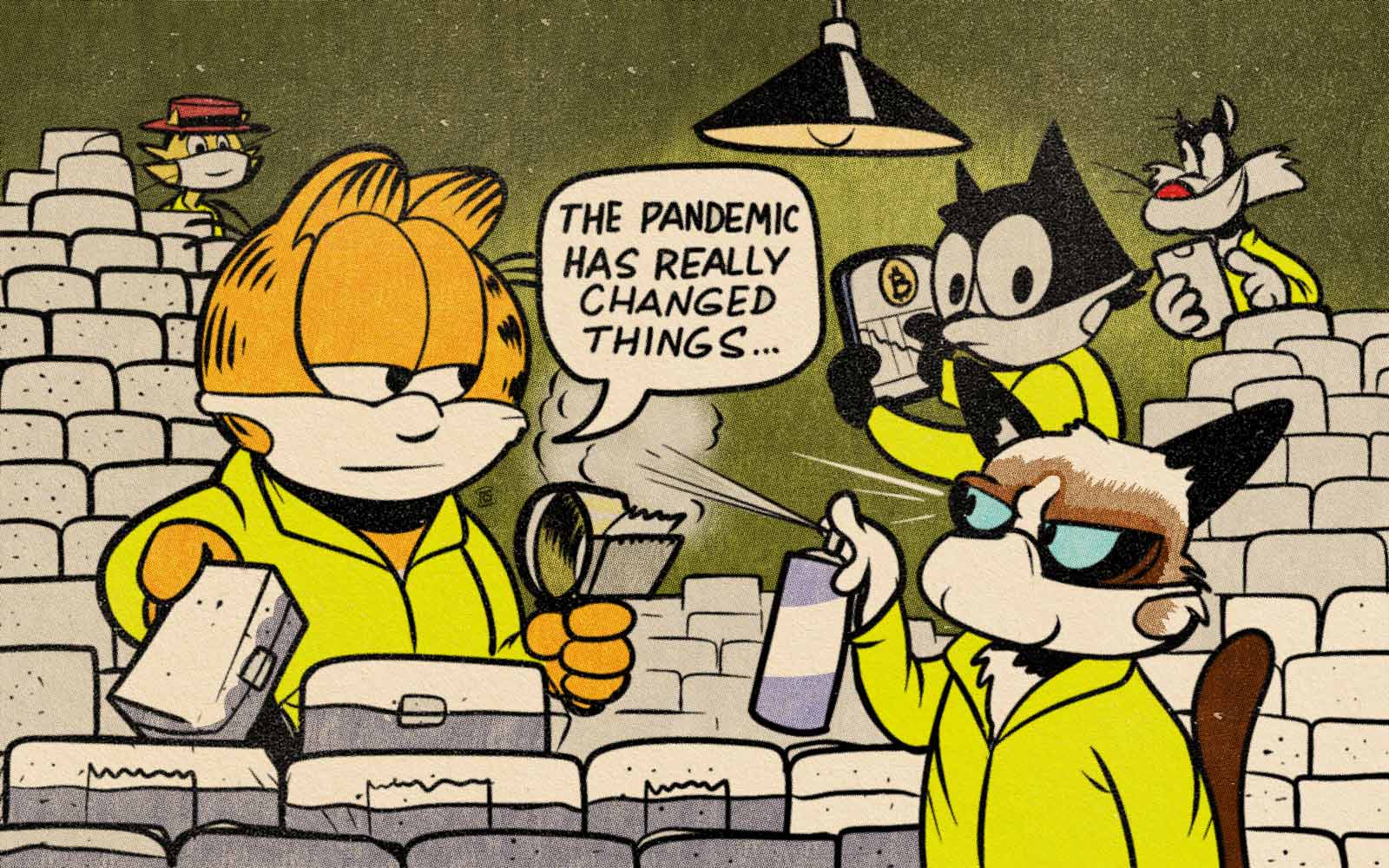The ongoing uncertainty that the pandemic generated has made most of the population more stressed, anxious and depressed than usual. As a way to cope with those emotions and mental health issues, drug use is rising. Although drug cartels have faced some challenges during the pandemic overall, their operations have been unaffected. Just about every state has reported an increase in drug overdoses due to the rapid uprise of opioid use. Below, we’ll explore more on the link between pandemic drug use and the cartel.
The Effects of the Pandemic on the Illegal Drug Trade
Drug cartels are the most high-powered drug distributors in the world. During the COVID-19 pandemic, a lot of businesses were affected — including drug cartel production. The drug flow coming out of Mexico was substantially disturbed. The lockdowns caused a lot of the port’s activity to slow down remarkably. India and China’s port operations struggled with delays due to the lockdown rules those countries had in place. The delays generated a scarcity of the chemicals needed to synthesize fentanyl and methamphetamine.
Afghanistan is the leading heroin distributor globally, and the pandemic caused a shortage of workers at the poppy fields. Since then, more women have been working there to fill the positions of those who can’t fulfill their duties. As a result of worldwide shortages, drug prices have increased, and purity levels have decreased. However, the opposing challenges have also brought opportunities for the illicit drug trade. In this case, options to test new shipment methods and new routes, options to obtain new clients and new marketplace opportunities.
Has the Pandemic Changed the Distribution of Narcotics?
At the start of the pandemic, drug trafficking operations were interrupted worldwide, bringing sales and drug exportation to almost a complete stop. Although cartels faced considerable opposition, they managed to adapt to the pandemic and bounce back. Cryptocurrency and drones are new instruments that many drug organizations have depended on during COVID-19. On a regular basis, drug traffickers attempt to smuggle drugs with drones — sometimes they are caught, but law enforcement can’t monitor each and every one.
Another change cartels have adopted amid the pandemic is the use of cryptocurrency. Bitcoin has become the currency of choice for drug traffickers because of its anonymity. A lot of modern-day drug dealers are using the internet — or the dark web — to their advantage. They can now sell and buy drugs, specifically fentanyl, online. By using cryptocurrency, drug sales become discreet and easily disguised. Some traffickers request that customers pay with bitcoin for their products, offering discounts as incentives. Authorities have shut down a few sites, but nevertheless, more end up popping up. The current online market is one giant game of cat and mouse between the police and dealers.
To move their products effectively, cartels have adjusted their usual methods of distribution. Some trafficking routes were suspended due to the government’s determination to diminish the spread of the virus.
Travel restrictions and border crossing limitations caused land and air transport disturbances, which left traffickers looking for other alternatives. During the pandemic, one preferred way of smuggling has been to use poverty-stricken or individuals suffering from substance abuse disorders as mules. Without thinking of the consequences, they are willing to put themselves at risk and insert drugs into their bodies. Perhaps surprisingly, most of the carriers are American residents or citizens.
One of the bookkeepers for a Mexican drug organization has said that the cartel operates like any other legitimate business. At the start of the pandemic, they also had to furlough workers. Warehouse employees, truck drivers and security personnel were all among those affected. However, that quickly changed. The cartels added new and modified routes into place for tunnel and sea distributions — sometimes, even reviving dormant tunnels. The bookkeeper also reported that during the pandemic there has been a forty percent increase in the use of tunnels. As a result of all of the adjustments to the drug organizations, cartels have thrived during COVID-19.
Drug Use During COVID-19
Has the coronavirus caused a spike in drug use?
Pre-pandemic, cocaine was received in Mexico once every two weeks. Now, it’s being delivered a few times per week. Covid-19 has increased the risk of the country facing another crisis. The lockdowns have caused psychological trauma because of isolation and fear during the pandemic. The coronavirus left many people without work, creating a rise in hunger and a way to obtain food almost impossible in some of the most impoverished countries. Consequently, this has caused rapid growth in drug-related deaths.
The pause in drug distribution left law enforcement officials wondering if this would slow down drug addiction, but it caused adverse effects instead. They suspect that drug overdoses have spiked to more than fifty percent in some parts of the country. In other areas, the jump in deaths has gone up to forty-two percent. Overall though, there has been an increase in drug overdoses. The delay in supplies has made some people try available new drugs. New substances that the body is not used to puts people at a greater risk of overdosing.
What Kind of Drugs Are Trending?
New research results show that drug and alcohol consumption has increased due to the pressures of the pandemic. Street drugs have caused a boost in overdoses because they are laced with fentanyl and other synthetic opioids. There are more people dying today of drug overdoses than ever before. Fentanyl is artificial and sometimes can come in the form of a small blue pill. The pills look like Oxycontin and Oxycodone pain medications. They can also be made in the form of powder or for lacing onto other drugs. However, the structure of it is not what matters. It is the amount ingested that can have a fatal outcome. A small dose of .25 mg can kill a person.
Fentanyl can be found on the street as Mexican Oxy or M30’s. Drug cartels stamp fentanyl pills with the number thirty on one side and the letter M on the other. Sometimes traffickers mix fentanyl with cocaine and meth, creating a very deadly concoction. Two drug organizations largely responsible for the production and distribution of fentanyl are the Cartel Jalisco Nueva Generación and the Sinaloa Cartel.
Methamphetamine is also trending with an increase in drug-related deaths of more than 38%. Since access to healthcare during the pandemic was not available to some people, it was difficult for those going through a drug abuse problem to get help. A series of 872,000 drug tests administered before and during the pandemic demonstrates a surge of drug usage in all fifty states. The results showed there is a 44% positivity rate increase for heroin now than before the pandemic. The use of nonprescribed opiates has also increased.
It is without question that the coronavirus pandemic has caused turmoil across the globe. Stay-at-home orders and border shutdowns left the drug cartels seeking much-needed chemicals and new methods to export their products. Getting their money transported back south was a difficult task considering that there has been more police presence during the pandemic and more border restrictions. Amid the public health crisis, drug cartels have adapted to new changes and have displayed that they are irrepressible.













